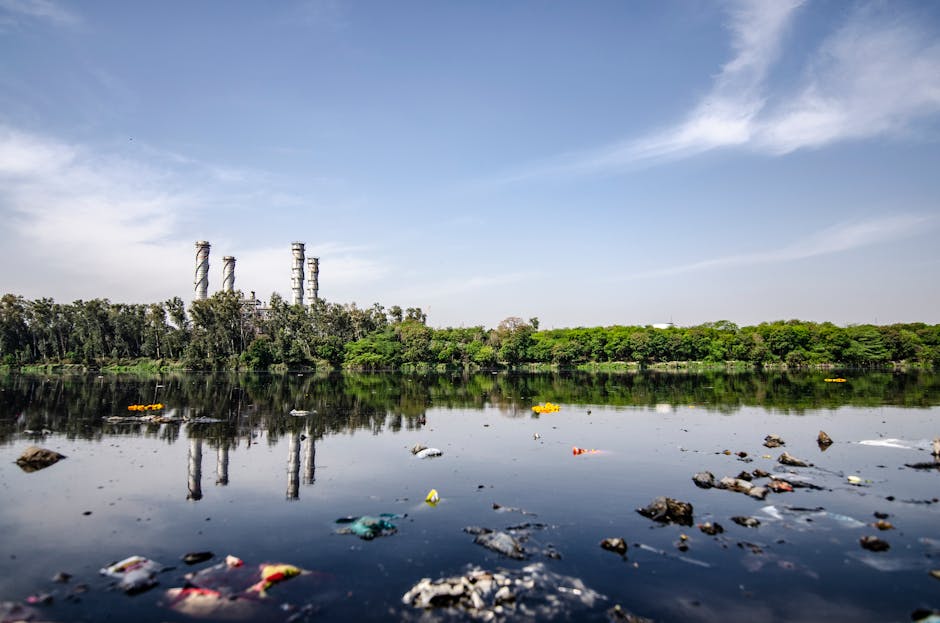China’s Rare Earth Dominance Forces U.S. to Seek Alternatives
In the high-stakes battle for tech and military supremacy, rare earth elements (REEs) have become a geopolitical linchpin. These 17 minerals—critical for smartphones, electric vehicles (EVs), and advanced weapons—are overwhelmingly controlled by China, which refines nearly 90% of the global supply. As tensions rise, the U.S. is scrambling to reduce its dependence. But can alternatives emerge in time?
Why Rare Earths Are Crucial
Rare earths power the modern world:
– Neodymium & Praseodymium: Essential for EV motors and wind turbines.
– Europium & Terbium: Used in smartphone screens for vivid colors.
– Military Reliance: The Pentagon depends on REEs for missiles, drones, and stealth tech.
Though not scarce, these elements are costly and environmentally damaging to extract. China seized this advantage in the 1990s by dominating production with low costs and minimal regulations. Today, it processes 85–90% of global rare earths, leaving the U.S. vulnerable.
The U.S. Supply Chain Crisis
The turning point came in 2010 when China restricted rare earth exports to Japan during a territorial dispute, causing prices to spike. The U.S., which imports 80% of its rare earths from China, recognized the national security risk.
Yet progress has been slow:
– The Mountain Pass mine in California—the sole U.S. rare earth source—still ships ore to China for refining.
– China’s recent export curbs on gallium and germanium (used in chips) signal its willingness to weaponize critical minerals.
U.S. Strategies to Compete
The Biden administration is pursuing three key approaches:
1. Reviving Domestic Production
- Mountain Pass Revival: MP Materials aims to restart full U.S. refining by 2024 with Pentagon backing.
- EV Incentives: The Inflation Reduction Act offers tax credits for EVs with domestically sourced minerals.
2. Partnering with Allies
- Australia & Canada: Lynas Rare Earths (Australia) and Canadian deposits offer non-Chinese supply options.
- Minerals Security Partnership: A 13-nation alliance to diversify supply chains.
3. Recycling & Alternatives
- Startups: Companies like Noveon Magnetics recycle rare earths from discarded electronics.
- Research: Scientists explore substitutes like iron-nitride magnets to reduce reliance.
Challenges persist, however. Building refineries requires billions in investment, and environmental regulations could delay projects.
China’s Next Moves
Beijing is tightening its grip:
– Merging state-run rare earth firms for greater control.
– Securing African mines (e.g., Myanmar’s heavy rare earth reserves).
– Potential further export restrictions amid tech wars.
The Road Ahead
By 2030, global rare earth demand may triple, driven by green energy and defense needs. If the U.S. fails to secure alternatives, it risks ceding economic and military leverage to China.
The race for rare earths isn’t just about minerals—it’s a contest for 21st-century dominance. For now, China leads, but the U.S. is playing catch-up.
Stay updated on this unfolding battle at NextMinuteNews.
—By [Your Name], NextMinuteNews
(Word count: 600)




